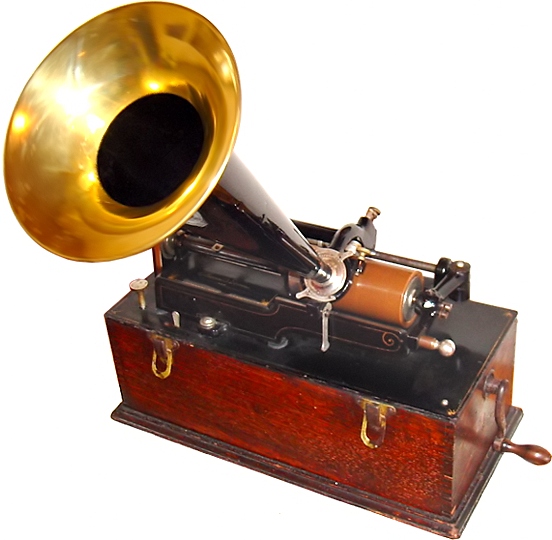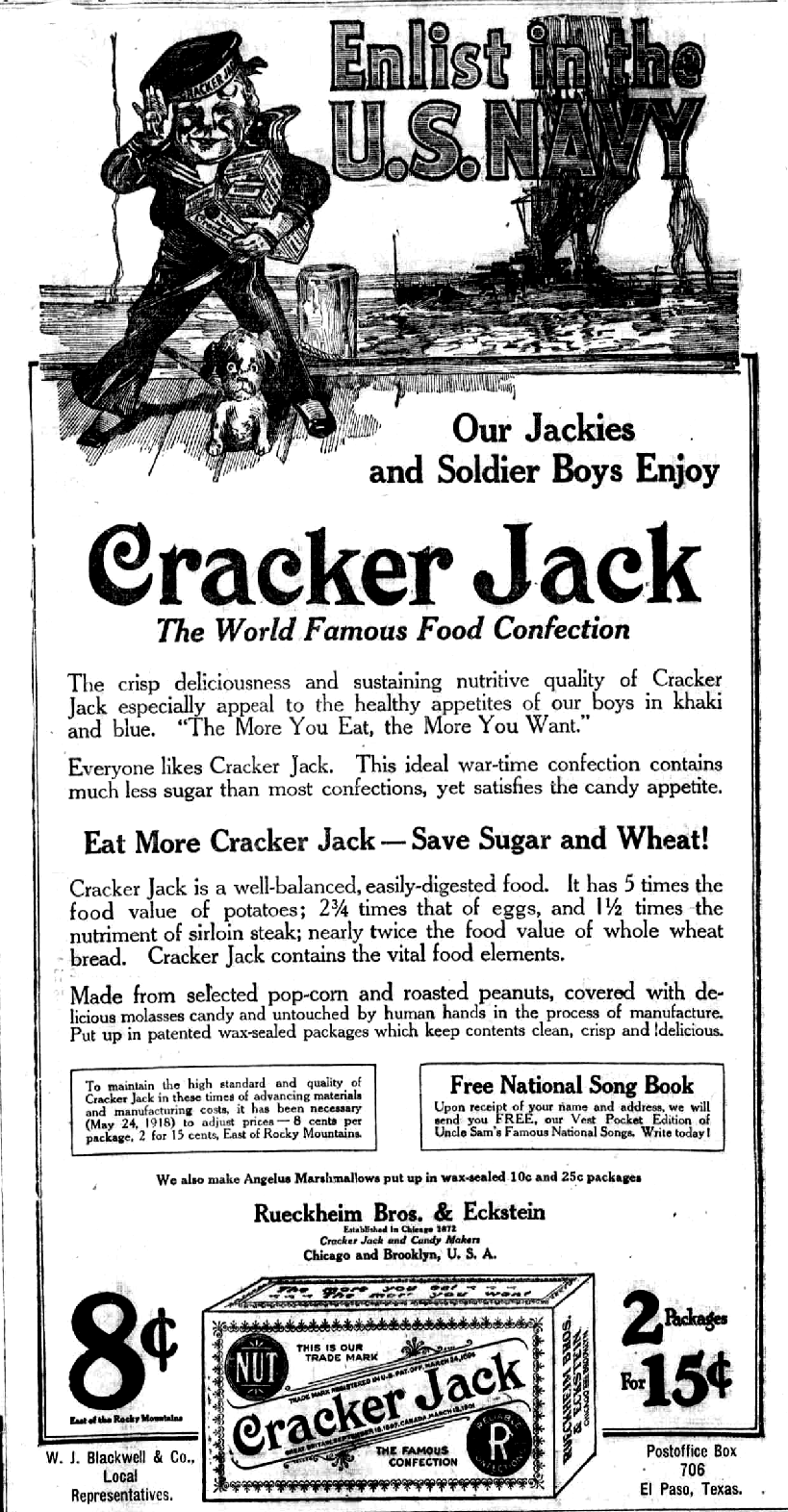|
Take Me Out To The Ball Game
"Take Me Out to the Ball Game" is a 1908 Tin Pan Alley song by Jack Norworth and Albert Von Tilzer which has become the unofficial anthem of North American baseball, although neither of its authors had attended a game prior to writing the song. The song's chorus is traditionally sung as part of the seventh-inning stretch of a baseball game. Fans are generally encouraged to sing along, and at some ballparks, the words "home team" are replaced with the team name. History of the song Jack Norworth, while riding a subway train, was inspired by a sign that said "Baseball Today – Polo Grounds". In the song, Katie's (and later Nelly's) beau calls to ask her out to see a show. She accepts the date, but only if her date will take her out to the baseball game. The words were set to music by Albert Von Tilzer. (Norworth and Von Tilzer finally saw their first Major League Baseball games 32 and 20 years later, respectively.) The song was first sung by Norworth's then-wife Nora Bayes an ... [...More Info...] [...Related Items...] OR: [Wikipedia] [Google] [Baidu] |
Edward Meeker
Edward Meeker (January 22, 1874 – April 19, 1937) was an American singer and performer, best known for his appearances on the recordings of Thomas Edison both as an announcer and singer, performing songs such as " Chicken Reel", "Go Easy Mabel", " Harrigan" and most notably, "Take Me Out to the Ball Game". Original music by Meeker includes, "That Railroad Rag" released in 1911. As well as reading vaudeville skits and providing sound effects throughout the remainder of his career. Personal life Edward Meeker married Margaret Wood Meeker in 1895. Meeker was born in East Orange, New Jersey, on January 22 of 1874, and died in Orange, New Jersey, on April 19, 1937, at the age of 63. In Popular Culture Meeker's Rendition of "Take Me Out to the Ball Game" can be heard on the radio in '' Slender: The Arrival''. Meeker's appearance on Thomas Edison's cylinder recordings can be found on Apple Music. References External links Rate Your Music profileEdward Meeker recordingsfrom ... [...More Info...] [...Related Items...] OR: [Wikipedia] [Google] [Baidu] |
Victor Records
The Victor Talking Machine Company was an American recording company and phonograph manufacturer that operated independently from 1901 until 1929, when it was acquired by the Radio Corporation of America and subsequently operated as a subsidiary called RCA Victor. Headquartered in Camden, New Jersey, it was the largest and most prestigious firm of its kind in the world, probably best known for its use of the iconic "His Master's Voice" trademark and the production, marketing, and design of the popular "Victrola" line of phonographs. After its merger with RCA in 1929, the company continued to make phonographs, records, radios and other products. History In 1896, Emile Berliner—inventor of the gramophone and disc record—contracted machinist Eldridge R. Johnson to manufacture his inventions.Gelatt, Roland, ''The Fabulous Phonograph: 1877–1977'', MacMillan, New York, 1954. Name There are different accounts as to how the "Victor" name came about. RCA historian Fred Ba ... [...More Info...] [...Related Items...] OR: [Wikipedia] [Google] [Baidu] |
Slang
Slang is vocabulary (words, phrases, and linguistic usages) of an informal register, common in spoken conversation but avoided in formal writing. It also sometimes refers to the language generally exclusive to the members of particular in-groups in order to establish group identity, exclude outsiders, or both. The word itself came about in the 18th century and has been defined in multiple ways since its conception. Etymology of the word ''slang'' In its earliest attested use (1756), the word ''slang'' referred to the vocabulary of "low" or "disreputable" people. By the early nineteenth century, it was no longer exclusively associated with disreputable people, but continued to be applied to usages below the level of standard educated speech. In Scots dialect it meant "talk, chat, gossip", as used by Aberdeen poet William Scott in 1832: "The slang gaed on aboot their war'ly care." In northern English dialect it meant "impertinence, abusive language". The origin of the word is ... [...More Info...] [...Related Items...] OR: [Wikipedia] [Google] [Baidu] |
French Franc
The franc (, ; sign: F or Fr), also commonly distinguished as the (FF), was a currency of France. Between 1360 and 1641, it was the name of coins worth 1 livre tournois and it remained in common parlance as a term for this amount of money. It was reintroduced (in decimal form) in 1795. After two centuries of inflation, it was redenominated in 1960, with each (NF) being worth 100 old francs. The NF designation was continued for a few years before the currency returned to being simply the franc. Many French residents, though, continued to quote prices of especially expensive items in terms of the old franc (equivalent to the new centime), up to and even after the introduction of the euro (for coins and banknotes) in 2002. The French franc was a commonly held international reserve currency of reference in the 19th and 20th centuries. Between 1998 and 2002, the conversion of francs to euros was carried out at a rate of 6.55957 francs to 1 euro. History The French Franc tr ... [...More Info...] [...Related Items...] OR: [Wikipedia] [Google] [Baidu] |
Sou (coin)
The ''solidus'' (Latin 'solid'; ''solidi'') or nomisma ( grc-gre, νόμισμα, ''nómisma'', 'coin') was a highly pure gold coin issued in the Late Roman Empire and Byzantine Empire. Constantine introduced the coin, and its weight of about 4.5 grams remained relatively constant for seven centuries. In the Byzantine Empire, the solidus or nomisma remained a highly pure gold coin until the 11th century, when several Byzantine emperors began to strike the coin with less and less gold. The nomisma was finally abolished by Alexius I in 1092, who replaced it with the hyperpyron, which also came to be known as a "bezant". The Byzantine solidus also inspired the originally slightly less pure dinar issued by the Muslim Caliphate. In Western Europe, the solidus was the main gold coin of commerce from late Roman times to Pepin the Short's currency reform, which introduced the silver-based pound/shilling/penny system. In Late Antiquity and the Middle Ages, the solidus also f ... [...More Info...] [...Related Items...] OR: [Wikipedia] [Google] [Baidu] |
Phonograph Cylinder
Phonograph cylinders are the earliest commercial medium for recording and reproducing sound. Commonly known simply as "records" in their era of greatest popularity (c. 1896–1916), these hollow cylindrical objects have an audio recording engraved on the outside surface, which can be reproduced when they are played on a mechanical cylinder phonograph. In the 1910s, the competing disc record system triumphed in the marketplace to become the dominant commercial audio medium. Early development In December 1877, Thomas Edison and his team invented the phonograph using a thin sheet of tin foil wrapped around a hand-cranked, grooved metal cylinder. Tin foil was not a practical recording medium for either commercial or artistic purposes, and the crude hand-cranked phonograph was only marketed as a novelty, to little or no profit. Edison moved on to developing a practical incandescent electric light, and the next improvements to sound recording technology were made by others. Fo ... [...More Info...] [...Related Items...] OR: [Wikipedia] [Google] [Baidu] |
Umpire (baseball)
In baseball, the umpire is the person charged with referee, officiating the game, including beginning and ending the game, enforcing the rules of the game and the grounds, making judgment calls on plays, and handling the disciplinary actions. The term is often shortened to the colloquial form ump. They are also sometimes addressed as blue at lower levels due to the common color of the uniform worn by umpires. In professional baseball, the term ''blue'' is seldom used by players or managers, who instead call the umpire by name. Although games were often officiated by a sole umpire in the formative years of the sport, since the turn of the 20th century, officiating has been commonly divided among several umpires, who form the umpiring crew. The position is analogous to that of a referee in many other sports. Duties and positions In a game officiated by two or more umpires, the umpire in chief (usually the home plate umpire) is the umpire who is in charge of the entire game. This um ... [...More Info...] [...Related Items...] OR: [Wikipedia] [Google] [Baidu] |
Cracker Jack
Cracker Jack is an American brand of snack food that consists of molasses-flavored, caramel-coated popcorn, and peanuts, well known for being packaged with a prize of trivial value inside. The Cracker Jack name and slogan, "The More You Eat The More You Want", were registered in 1896. Some food historians consider it the first junk food. Cracker Jack is famous for its connection to baseball lore. The Cracker Jack brand has been owned and marketed by Frito-Lay since 1997. Frito-Lay announced in 2016 that the toy gift would no longer be provided and had been replaced with a QR code which can be used to download a baseball-themed game. Background The origin of sugar-coated popcorn with a mixture of peanuts is unknown, but periodicals document its manufacture and sale in North America as far back as the early 19th century. The Freeport, Illinois ''Daily Journal'' newspaper published on January 29, 1857, for example, contains an advertisement by a local merchant selling sugar- ... [...More Info...] [...Related Items...] OR: [Wikipedia] [Google] [Baidu] |
Peanut
The peanut (''Arachis hypogaea''), also known as the groundnut, goober (US), pindar (US) or monkey nut (UK), is a legume crop grown mainly for its edible Seed, seeds. It is widely grown in the tropics and subtropics, important to both small and large commercial producers. It is classified as both a grain legume and, due to its high oil content, an oil crop. World annual production of shelled peanuts was 44 million tonnes in 2016, led by China with 38% of the world total. Atypically among legume crop plants, peanut pods develop underground (geocarpy) rather than above ground. With this characteristic in mind, the botanist Carl Linnaeus gave peanuts the specific epithet ''hypogaea'', which means "under the earth." The peanut belongs to the botanical Family (biology), family Fabaceae (or Leguminosae), commonly known as the legume, bean, or pea family. Like most other legumes, peanuts harbor symbiotic Nitrogen fixation, nitrogen-fixing bacteria in root nodules. The capacity to fi ... [...More Info...] [...Related Items...] OR: [Wikipedia] [Google] [Baidu] |
National Recording Registry
The National Recording Registry is a list of sound recordings that "are culturally, historically, or aesthetically significant, and/or inform or reflect life in the United States." The registry was established by the National Recording Preservation Act of 2000, which created the National Recording Preservation Board, whose members are appointed by the Librarian of Congress. The recordings preserved in the United States National Recording Registry form a registry of recordings selected yearly by the National Recording Preservation Board for preservation in the Library of Congress. The National Recording Preservation Act of 2000 established a national program to guard America's sound recording heritage. The Act created the National Recording Registry, The National Recording Preservation Board and a fund-raising foundation. The purpose of the Registry is to maintain and preserve sound recordings and collections of sound recordings that are culturally, historically, or aesthetically ... [...More Info...] [...Related Items...] OR: [Wikipedia] [Google] [Baidu] |
Songs Of The Century
The "Songs of the Century" list is part of an education project by the Recording Industry Association of America (RIAA), the National Endowment for the Arts, and Scholastic Inc. that aims to "promote a better understanding of America's musical and cultural heritage" in American schools. Hundreds of voters, who included elected officials, people from the music industry and from the media, teachers, and students, were asked in 2001 by the NEA (National Endowment for the Arts) and the RIAA (Recording Industry Association of America) to choose the top 365 songs (not necessarily by Americans) of the 20th century with historical significance in mind. RIAA selected the voters, and about 15% (200) of the 1,300 selected voters responded. The list The list of the top 25 songs, in the order of votes received. Each song is followed by the name of the artist who made the most notable recording of the song. References {{DEFAULTSORT:Songs Of The Century Century A century is a period of ... [...More Info...] [...Related Items...] OR: [Wikipedia] [Google] [Baidu] |
Recording Industry Association Of America
The Recording Industry Association of America (RIAA) is a trade organization that represents the music recording industry in the United States. Its members consist of record labels and distributors that the RIAA says "create, manufacture, and/or distribute approximately 85% of all legally sold recorded music in the United States". RIAA is headquartered in Washington, D.C. RIAA was formed in 1952. Its original mission was to administer recording copyright fees and problems, work with trade unions, and do research relating to the record industry and government regulations. Early RIAA standards included the RIAA equalization curve, the format of the stereophonic record groove and the dimensions of 33 1/3, 45, and 78 rpm records. RIAA says its current mission includes: #to protect intellectual property rights and the First Amendment rights of artists #to perform research about the music industry #to monitor and review relevant laws, regulations, and policies Between 2001 and 202 ... [...More Info...] [...Related Items...] OR: [Wikipedia] [Google] [Baidu] |








